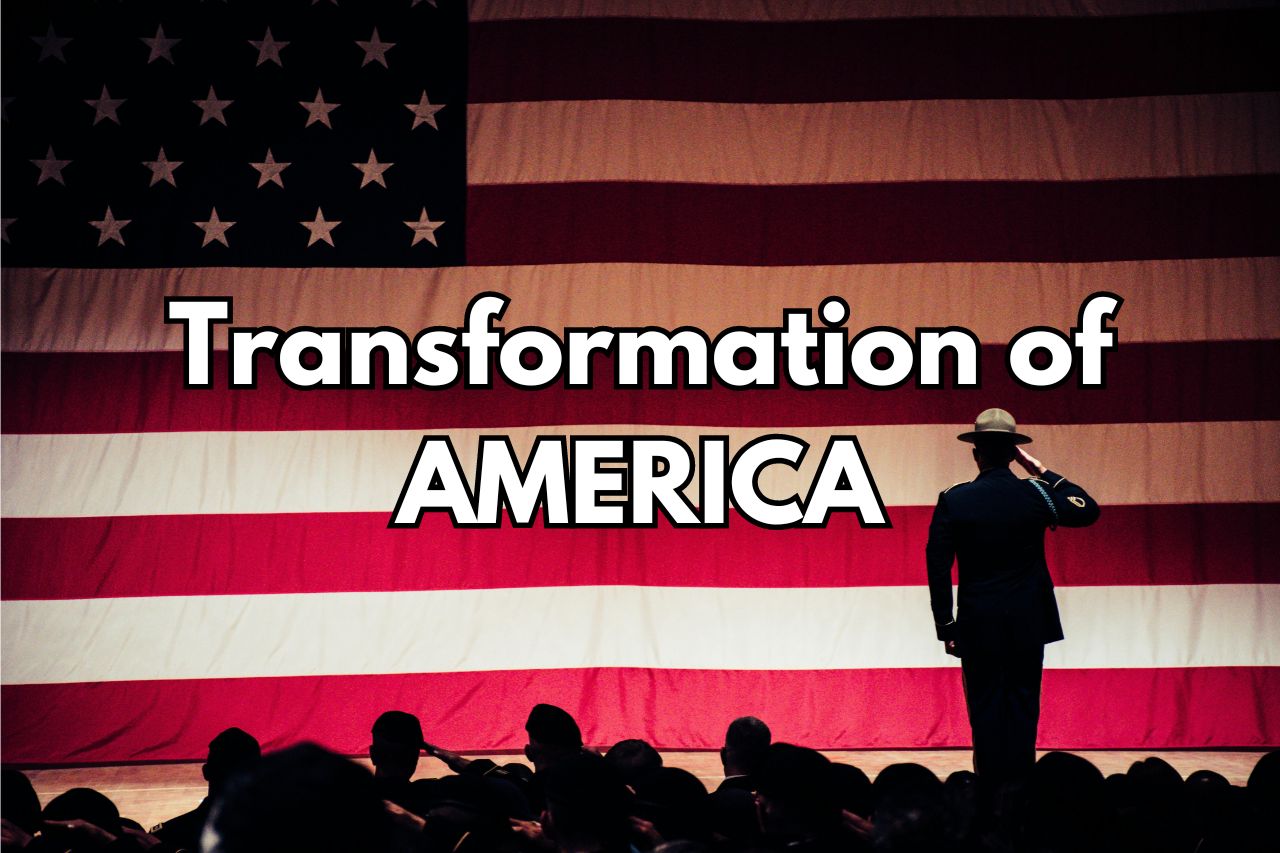
Preamble:
America changed drastically from 1960 to 2010.
3 very different societies are detailed: America in 1960, America in 1990, and America in 2010.
1) 1960 America:
1A) Economic Environment:
Gentle Inequality. Low Gini Coefficient.
There is a large middle class, a minority of people are rich, and a minority of people are poor.
The middle class exists due to an abundance of high paying manufacturing jobs easily accessible to most of the population.
A man at the 50th percentile of income can get a job in the local factory and is paid enough money to buy a house in the suburbs, support a wife, and children.
1B) Romantic Environment:
Monogamous society. Most adults are married.
The price of sex is high; the only reliable way for a man to convince a woman to sleep with him is if he first agrees to marry her.
Getting divorced is legally and logistically difficult; most marriages last until death.
1C) Family Structures:
Most children are raised by their mother and father; 2 parent households are the rule.
1D) Dominant Ideology, Christianity:
In 1950 America, the dominant ideology is Christianity; there is a God living in the sky with a son named Jesus who died for our sins.
2) 1990 America:
2A) Economic Environment:
Intensifying inequality. Rising Gini Coefficient.
The middle class is being hollowed out.
Wages in real terms have been going down for most of the population in recent years, since high paying manufacturing jobs have been eliminated (shipped off to China, automated by technology).
The elimination of manufacturing jobs decreased the demand for labor on a macro level, and by extension decreased wages for most people.
A man at the 50th percentile of income is not paid enough money to buy a house and support a family. He can still buy a house, but his wife must also work to make money; a dual income is necessary for a household to survive.
2B) Romantic Environment:
Mostly monogamous society. Most adults are married.
The price of sex has dropped dramatically. Pre-marital sex is common; a man doesn’t have to sign a marriage contract to convince a woman to sleep with him.
One night stands exist and are rare. A man can convince a woman to sleep with him, simply by making her his girlfriend.
Divorce has become common; the divorce rate is around 50%.
2C) Family Structures:
Dysfunctional family structures. Many children are raised by single mothers; their fathers aren’t in the home.
Alimony subsidizes women who choose to divorce their husbands.
Child Support and Welfare subsidize single motherhood.
As such, women divorcing their husbands and becoming single mothers hasbecome common.
3) 2010 America:
3A) Economic Environment:
Intense inequality. Gini Coefficeint around 50%.
The middle class is gone. The manufacturing jobs that once fueled the middle class have been eliminated.
There are 3 classes: Rich (Top 0.1%), Upper Class (Top 10%), Poor (Bottom 90%).
A man at the 50th percentile of income can never buy a house; hopefully he can live in his parents’ basement to save on rent.
If he is very lucky, he will be able to rent a small apartment.
3B) Romantic Environment:
Pseudo polygamous society.
Most young adults are not married. The price of sex is very low; women do not demand commitment from men before consenting to sex.
As a man you can get women to sleep with you by simply being good looking and somewhat charming. One night stands are common.
A minority of young men are having one night stands with a majority of young women, while most young men get zero attention from the ladies; there is a pareto distribution of male romantic success.
3C) Family Structures:
Most children are raised by single mothers; most children are raised without their father around.
3D) Dominant Ideology, Blank Slate Theory Egalitarianism:
In 2010 America, the dominant ideology among Rightwing Americans is still Christianity.
Among Leftwing Americans there is a new dominant ideology: Blank Slate Theory Egalitarianism.
Tenets include that gender is a social construct, race is a social construct, and all psychological differences between individuals, men and women, and racial/ethnic groups are the result of social training or other environmental factors, never genetics.
4) Middle Class Elimination:
America had a middle class from 1946 – 1979 because there was an abundance of high paying manufacturing jobs easily accessible to most of the population.
From 1980 – 2010, these manufacturing jobs were eliminated (some were outsourced to other countries, some were automated by technology); this eliminated the American middle class.
5) Generational Differences
If you were a baby boomer, you had the option of being average and getting a decent quality of life.
Millennials do not have that option; young Americans today have to shoot for the stars or drown.
A baby boomer at the 50th percentile of income could get a job in the local factory, buy a house in the suburbs, and support a family.
A millennial at the 50th percentile of income will be lucky if they can rent a studio apartment; buying a house is a pipe dream.
Get rich or be poor; there is no ‘middle’ class.
